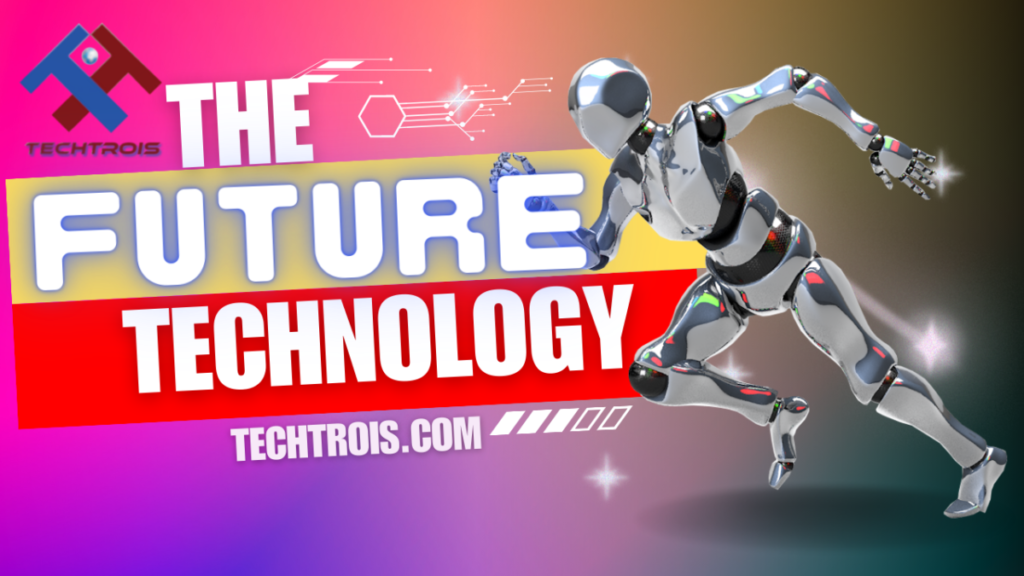Cryptocurrencies and blockchain technology have taken the world by storm, revolutionizing the way we perceive and interact with traditional finance. Cryptocurrencies, such as Bitcoin and Ethereum, have gained significant attention, along with the underlying blockchain technology. This powerful duo has sparked discussions and propelled innovation across various industries. Let’s delve into the fascinating realm of cryptocurrencies and blockchain, exploring their potential and shedding light on emerging concepts like decentralized finance (DeFi), non-fungible tokens (NFTs), and central bank digital currencies (CBDCs).
Cryptocurrencies: Empowering a New Digital Economy
Cryptocurrencies, anchored by blockchain technology, have ushered in a new era of digital money. At the forefront stands Bitcoin, the groundbreaking decentralized currency introduced in 2009. Bitcoin’s core innovation lies in its ability to facilitate peer-to-peer transactions without the need for intermediaries. This secure and transparent system has inspired the creation of alternative cryptocurrencies, often referred to as altcoins, such as Ethereum, Ripple, and Lite coin.
Blockchain: The Backbone of Trust and Transparency
Underpinning these cryptocurrencies is blockchain technology. At its core, blockchain is a decentralized and immutable ledger that records transactions across a network of computers. Its distributed nature ensures transparency, security, and accountability, making it an ideal solution for various applications beyond cryptocurrencies.
Decentralized Finance (DeFi):
One of the most exciting developments within the cryptocurrency and blockchain space is decentralized finance, or DeFi. DeFi aims to transform traditional financial systems by eliminating intermediaries and offering open, transparent, and accessible financial services. DeFi platforms enable users to lend, borrow, trade, and earn interest on their digital assets, all within a decentralized ecosystem. This emerging sector has the potential to democratize finance, providing greater financial inclusion, and enabling individuals to have more control over their financial activities.
Non-Fungible Tokens (NFTs):
Non-fungible tokens have taken the digital world by storm, representing a revolutionary concept within the cryptocurrency space. Unlike cryptocurrencies that are interchangeable, NFTs are unique digital assets, such as artwork, collectibles, and virtual real estate. NFTs leverage blockchain’s immutability and transparency to certify ownership and provenance, opening up new possibilities for creators, collectors, and investors.
Central Bank Digital Currencies (CBDCs):
Recognizing the transformative potential of cryptocurrencies, several central banks have begun exploring the development of their own digital currencies, known as Central Bank Digital Currencies or CBDCs. CBDCs aim to combine the benefits of cryptocurrencies, such as fast and secure transactions, with the stability and regulatory oversight associated with traditional fiat currencies. Governments see CBDCs as a means to streamline cross-border transactions, enhance financial inclusion, and exercise more control over monetary policy.
The Path Ahead: Opportunities and Challenges
While the potential of cryptocurrencies and blockchain is immense, the road ahead is not without its challenges. Scalability, energy consumption, regulatory frameworks, and security concerns are areas that demand attention to ensure widespread adoption and sustainable growth. Collaboration among industry participants, policymakers, and innovators is essential to address these challenges and unlock the full potential of this transformative technology.
Conclusion
Cryptocurrencies and blockchain technology have revolutionized the financial landscape, offering decentralized and transparent alternatives to traditional systems. With discussions revolving around decentralized finance, non-fungible tokens, and central bank digital currencies, the potential for innovation and disruption is boundless. As we navigate this exciting frontier, it is imperative to strike a balance between fostering innovation, addressing challenges, and embracing regulatory frameworks to create a sustainable and inclusive digital future powered by cryptocurrencies and blockchain technology.



